This is a frequent question that can cause a spirited conversation around a fire. Everyone knows that hardwoods are the best, right? Do softwoods have a place? Is there a “best” wood to burn? Yes, there is! Keep reading to find out what it is!
DO YOU CUT YOUR OWN?
Most seasoned, old wood ticks have developed techniques that make their lives a bit easier when it comes to maintaining a wood supply. How and where to fell a tree if it has to be cut down. How to go about trimming smaller limbs and the ‘tops’ to get the good stuff. Cutting the right lengths for your fireplace or stove. Splitting anything bigger than 6” in diameter or continually asking yourself the question: What can I do to minimize the number of times I have to handle this wood? This and more, all come with time and experience.
The other important item that experience brings is the ability to recognize the different characteristics of wood. How easy is the wood to split? The number of BTU’s in a dry cord, the species ‘coaling’ abilities, is it prone to pop many sparks . . . . these sorts of things all determine the effectiveness and the overall quality of a specific species of wood to burn.
Cutting and maintaining your own wood supply is one thing. However, if you simply buy your wood supply, some of this discussion might be a mute point. Just make sure you buy it from a reputable source. It’s possible a wood supplier will have two or three species of wood available. Hardwoods will tend to be more expensive than softwoods, but will typically provide a longer burn time than most softwood species.
HARDWOOD VS. SOFTWOOD
The primary difference between hardwoods and softwoods, for our purposes, is the density of the wood. The hardwoods are much denser and will burn longer than a softwood log of the same size. Softwoods grow much quicker than hardwoods.
Evergreens and conifers are softwoods. Popular species include spruce, Douglas fir, white and red pine and cedar. Popular hardwoods are oak, hickory, ash, maple and walnut.
Pound for pound, hard and soft woods have roughly the same BTU heat content. However, since softwood is less dense, it takes a lot larger pile of it to equal the same amount of weight as hardwood.
A QUICK SCIENCE SESSION!
How about a brief look at how wood dries, or is “seasoned”? Wood is basically a series of long cell cavities that run the entire length of a tree. The moisture that brings nutrients and new growth to the tree is water. This water is locked within the walls of these cell cavities. Once a tree is cut down, a very slow process of drying begins as this trapped water begins to evaporate. It’s easier for this trapped water to evaporate when the wood is not only cut, but split as well. Remember that wood dries quicker through the side grain being exposed than just through end grain cuts.
As this water evaporation process continues, the wood will begin to crack. A dry log will be noticeably lighter than a wet or “green” log of the same size and species. The wood should be left to season in the sun and wind until the moisture content is below 25%. This can be easily checked with a moisture meter.
This process does not take a day, or a week or a month. Your location can make a difference, but generally speaking, leave it for a year. Even a tree that has been dead, but still standing, should be cut, split, stacked and protected from the snow and rain.
Today’s EPA certified stoves, fireplaces, furnaces and inserts will not perform as designed by burning wood that has not been properly seasoned. It will eventually burn, but much of that energy from the heat will be wasted by drying out the wood enough to cause it to ignite.
Here’s a good example: We have a blazing campfire going in the back yard. There’s an awesome bed of 5” glowing, red hots coals. If we take a hand towel, soak it in a bucket of water and toss it into the bed of coals, what happens? Does it burn? Not right away because it’s too wet. It will, eventually, but first it will sizzle, pop, smoke and steam until the moisture is driven out of the towel by the heat energy. It needs to be dry enough to be able to ignite and burn. The same thing happens in your fireplace or stove. If there’s too much moisture in the wood, energy from the heat will be necessary to dry it out enough before it burns. Would you rather use this heat to dry the wood or use that energy to heat your home?
There are other factors to be concerned about when burning wood that’s too green. The glass on your insert or stove will blacken. More importantly, smoke from the chimney means that tars and other by-products from combustion will cause creosote to form in the chimney.
THE BEST KIND OF WOOD TO BURN:
So, all that being said, what’s the best type of wood to burn? Hopefully, by now, the answer should be obvious to you. DRY wood is always best. We’ve mentioned it before in these articles, but it’s always worth discussing again. DO NOT cut wood and burn it today, or tomorrow or next month. Cut it, split it, stack it, cover it from the rain and snow and leave it for one year. Try to get a year ahead with your wood supply. I know it’s easier said than done, but it’s critically important to burn dry wood.
One other worthwhile article is WHICH IS BETTER? HARDWOOD OR SOFTWOOD? There are advantages to both soft and hardwoods that are discussed in the article.
Or, you may find this interesting. WOOD SPECIES CHARACTERISTICS for a convenient chart that alphabetically lists many species of wood and their burning characteristics. Just make sure it’s D-R-Y!
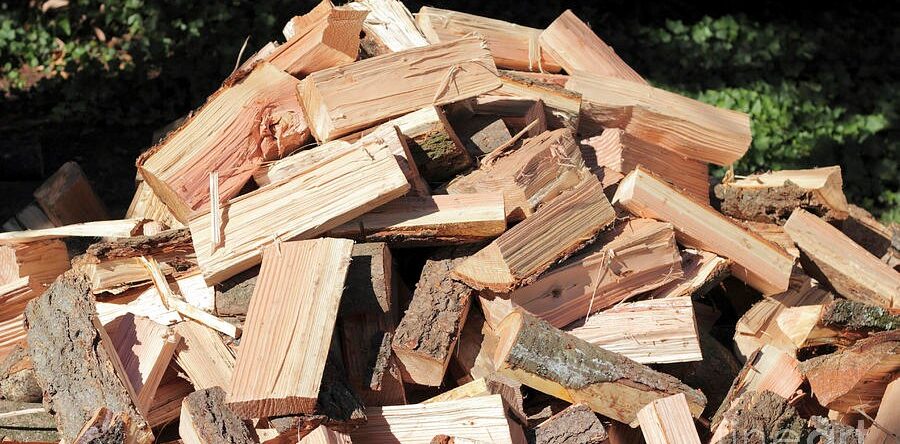
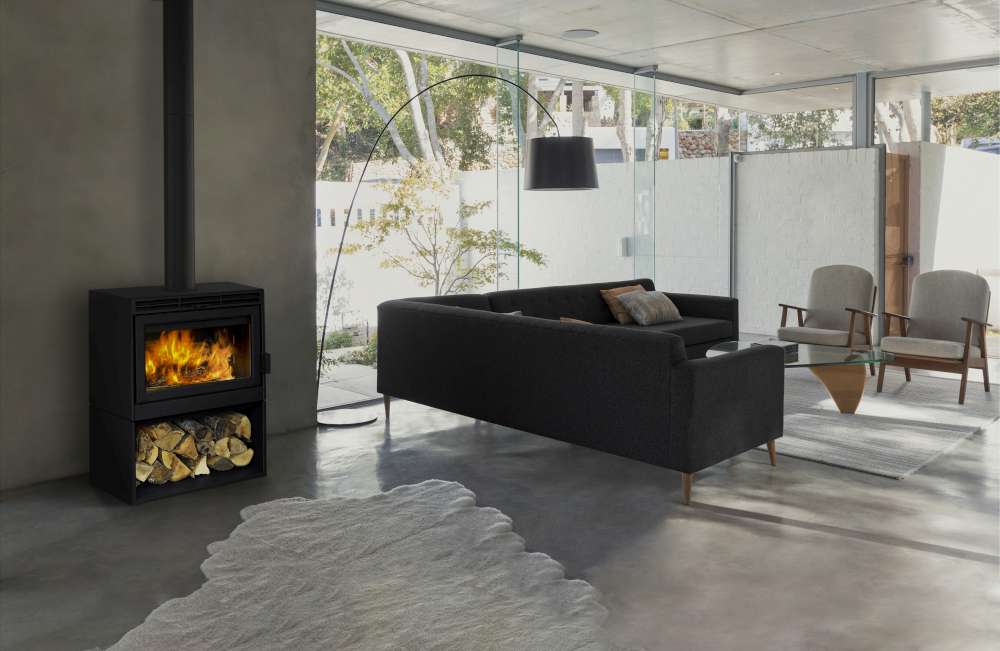
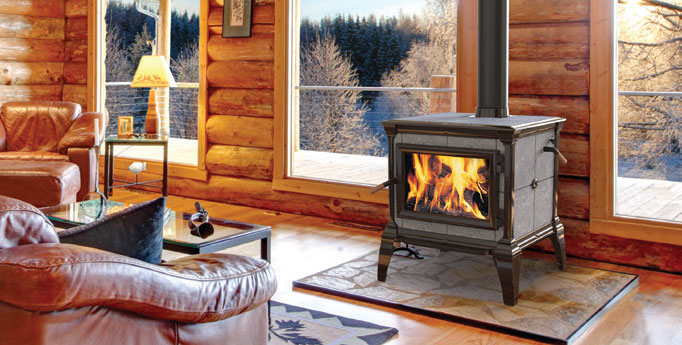
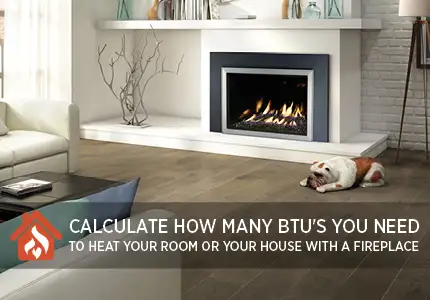

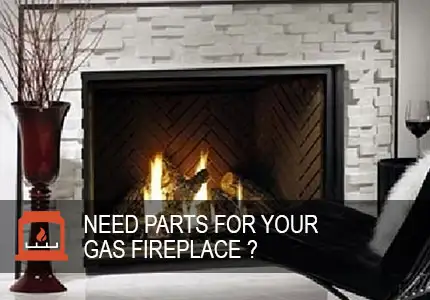
0 Responses